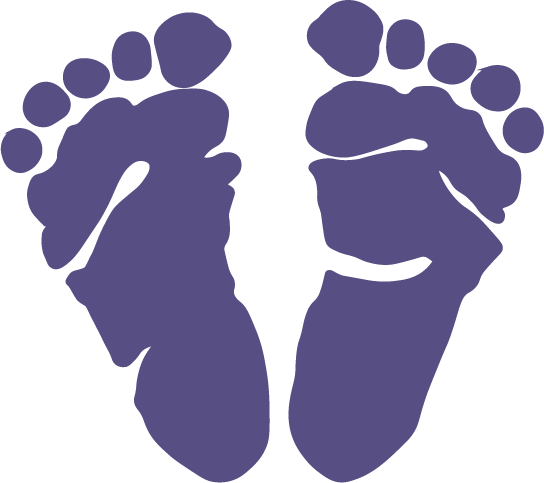From the American Academy of Pediatrics;
On any other day of the year, would you hand your child matches or a flaming candle to play with? Probably, a hard no.
You work so hard all year long to keep your child safe.
Don’t let the 4th of July mess with your common sense.
With many 4th of July fireworks shows cancelled because of COVID-19 this year, there’s been a big jump in consumer fireworks sold. Lighting fireworks in the backyard or nearby field might seem like a festive and fun way to entertain the kids. However, thousands of people, most often children and teens, are injured each year while using fireworks.
Most of these injuries happen in the month around the 4th of July. In fact, an average of 180 people go to the emergency room with fireworks-related injuries every day during this time!
| The AAP is part of the Alliance to Stop Consumer Fireworks, a group of health and safety organizations that urges the public to avoid the use of consumer fireworks and to only enjoy displays of fireworks conducted by trained professionals. |
|---|
Fireworks were involved at least 12 deaths and more than 10,000 injuries treated in U.S. hospital emergency departments in 2019, according to the Consumer Product Safety Commission (CPSC).
Children under 15 accounted for more than a third of the injuries, which included burns and wounds to the hands, fingers and arms, the head and face, and eyes. Some of the most severe and fatal injuries happened when lit fireworks seemed not to work correctly and were being held by the victim when they exploded.
Safer ways to celebrate
View from a distance. While there are fewer community firework displays this year, some are going forward with firm social distancing rules in place. Some communities will be launching the fireworks higher so they can be seen from farther distances. Others are being held in parking lots so families can stay in their cars to view them. In addition, some displays will be televised for home viewing.
Wave a flag instead of a sparkler. Sparklers may seem relatively harmless, as fireworks go. But according to the CPSC, nearly half of fireworks injuries to children under age 5 are related to sparklers. Surprising? Consider this:
- Sparklers burn at an extremely high heat: 1,200 degrees Fahrenheit—hot enough to melt some metals.
- Sparks can ignite clothing on fire and cause eye injuries.
- Touching a lit sparkler to skin can result in third degree burns.
There were about 900 emergency department-treated injuries associated with sparklers in 2019. Roughly 800 more injuries were related to firecrackers, and 400 more to bottle rockets.
Even if fireworks are legal to purchase and use in your community, they are not safe around children.
Keep the 4th of July fun, and leave the fireworks to the professionals.



